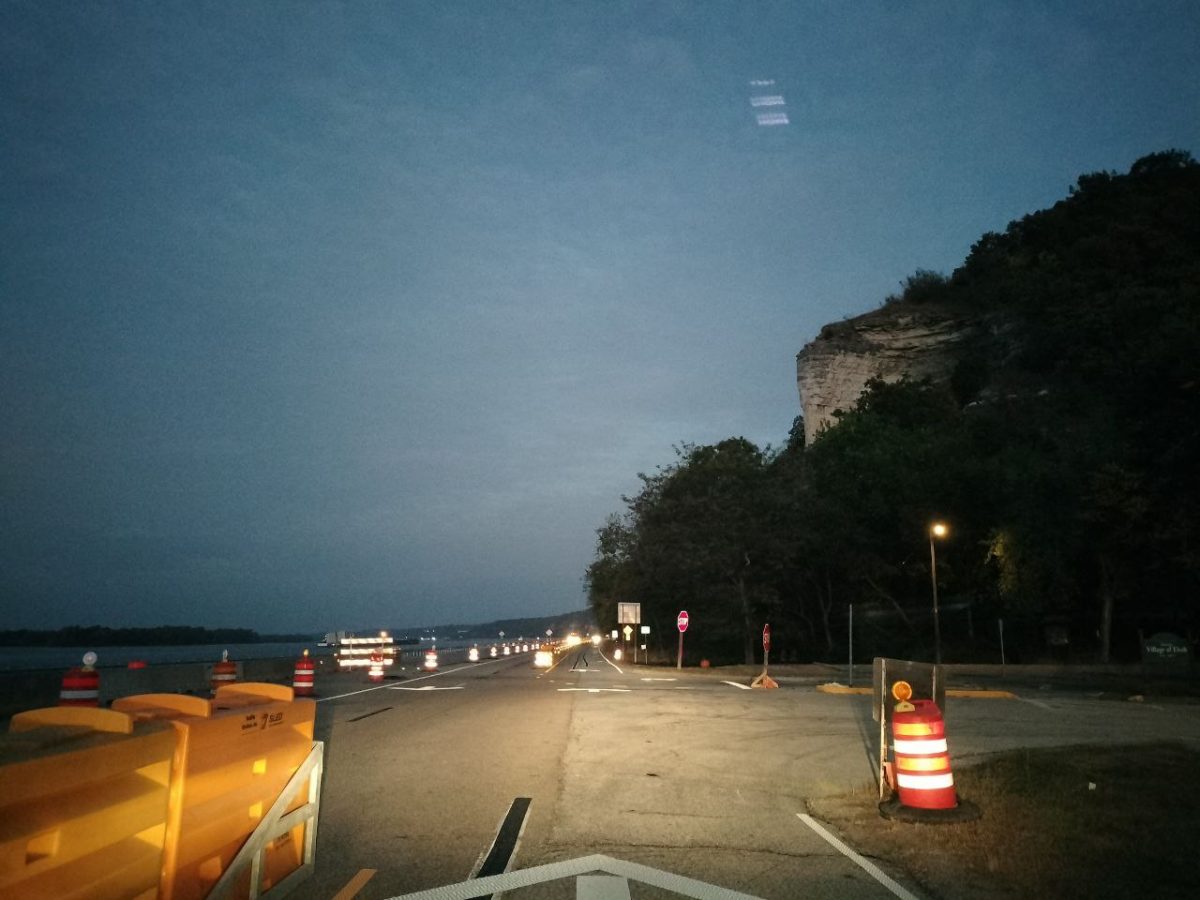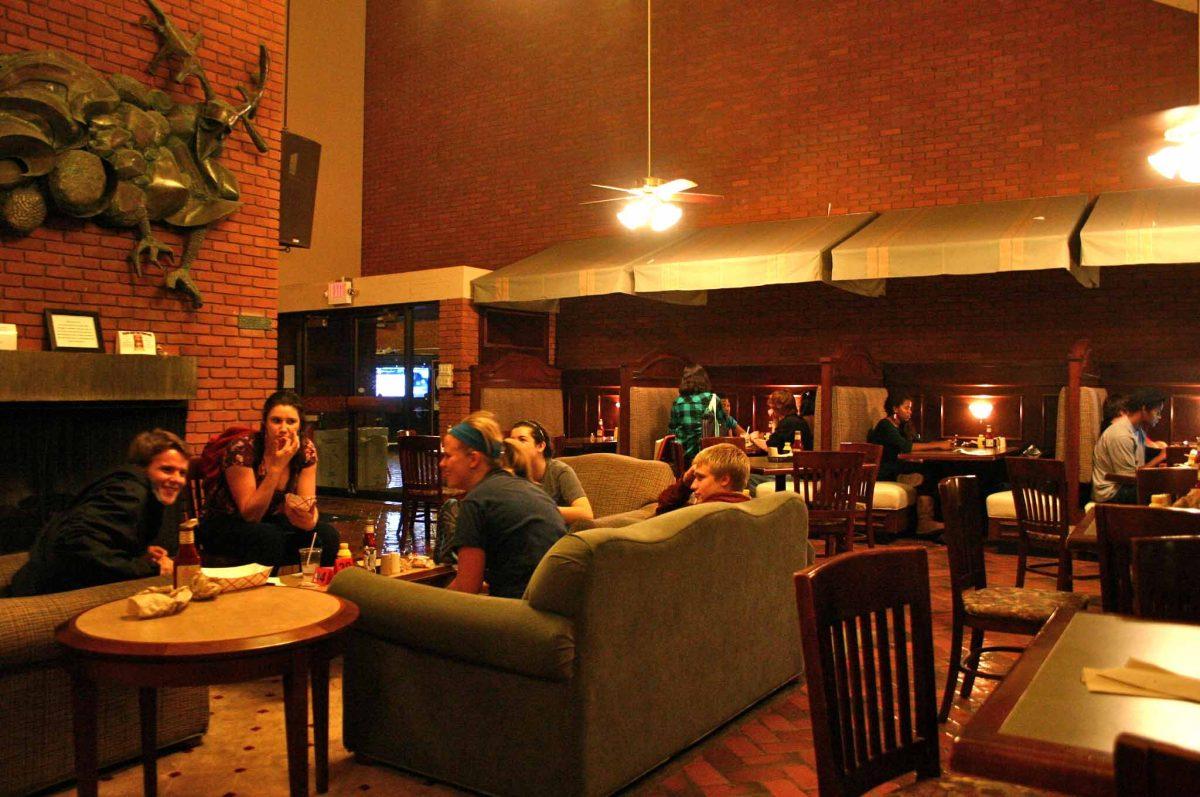Every year, Principia’s Solar Car team prepares for a week-long event in which they compete against other colleges and universities through a race that puts their year of hard work to the test. This year’s event was a great success. Principia took second place out of a total of thirty-two teams in the Formula Sun Grand Prix (FSGP). This is a common, well-deserved result of this program. However, this doesn’t mean it was easy to achieve. Because Principia has a small student body, its solar car team is significantly smaller than other schools’ teams.
“With the little we have,” Senior Lawrence Wontumi says, “we have to make sure we train [our new members] so they know what to do.” Wontumi is the mechanical lead for the team, which means he is in charge of mechanical systems such as the brakes, suspension, making sure everything is bolted down, and much more.
There are many aspects to building and maintaining the car, such as the electrical and software systems. As new people join Solar Car, they have the chance to explore whatever interests them. Participants often jump to different systems to learn new things throughout the year.
Besides their excellent training and expertise, there is another reason why the Principia team is set apart from those of other schools. The Principia team’s leading faculty member, Brian Kamusinga, a professor of chemistry, runs the program by trusting students to take on tasks while remaining available for any questions or reassurance.
“I think his [Kamusinga’s] guidance was very key,” Junior Kesiena Berezi, Solar Car software lead, said “Even other schools benefited from his guidance.” When an opposing team was struggling to pass a battery test in order to race, Kamusinga pulled in Berezi to help them fix the issue with their software. This kindness is radiated throughout the whole event and community, showing that it isn’t just about the best car, but how you can help other people even though you are competing.
Currently, Solar Car is designing a new car to put on the track in 2026. Solar Cars can race for a maximum of three to four years because of changing regulations and technological advancements. The new car is intended to be 60% carbon fiber. Previous models were about 40%. To begin building a new car, a first step would be looking at other cars for inspiration and what changes are needed based on how the other car ran and any regulation updates. A primary concern is taking driver’s feedback since they are in the vehicle for long periods of time. After these considerations, a new design can be created and carried forward.
This year is already off to a great start as many new students signed up and projects have started. Upperclassmen are “excited to see what [the new students] bring to the team,” says Berezi. Freshman Julian Hawke, who knew nothing about Solar Car before the meetings, is now working on composites with a teammate for a carbon fiber project.
“It will be super cool to see the car run and know what parts I worked on,” said Hawke. It is an exciting time for Solar Car, and it will be awesome to see what this year brings.



